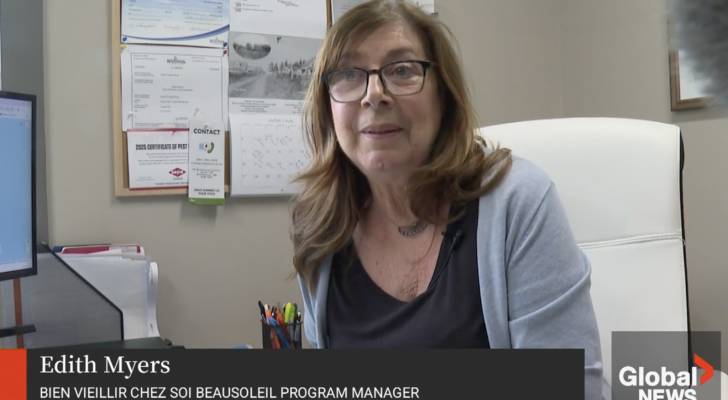New Brunswick’s rent-aid runs dry

New Brunswick has quietly hit pause on its Direct-to-Tenant Rental Benefit program after spending its full $21-million budget less than a year into the fiscal cycle. That means no new applications are being accepted, for now. The program, launched in January 2024, offered a direct subsidy to low-income renters to help cover monthly rent costs. […]
Fixed mortgage rates rise as variable-rate discounts tighten: Here’s what it means for your next loan or renewal

For a while, it looked like mortgage rates in Canada were finally settling into a more affordable pattern. Fixed rates had been drifting downward, and variable rates were looking more attractive — especially as rate cuts seemed like a matter of “when,” not “if.” But the tide has turned. As of early May, both fixed […]
Smart car shopping in retirement: What to consider before buying a vehicle on a fixed income — from budget tips to choosing the right features for your lifestyle

You’re enjoying your retirement years, taking the occasional road trip to spend time with friends and family. But your car has seen better days — nearing the end of its life at 200,000 miles. Since you haven’t purchased a car in a long time, you may be surprised at how much vehicles have changed — […]
Tariffs shake tech: Trump-era policies ripple through North American firms

Technology stocks are once again under pressure as the Trump administration revives tariffs that focus on global imports. For North American tech giants, many of which depend on complex global supply chains and Chinese manufacturing, the renewed trade friction is creating ripple effects that are reshaping earnings forecasts, production strategies and investor sentiment. While some […]
What to expect when you’re expecting: First year cost for pets

It’s easy to go overboard when you’re getting a new pet. Whether it’s supplies, toys or even clothes, some things are just too cute to pass up. But these things quickly add up, even if you try to stick to necessities. It’s possible to budget and plan for your new furry addition, and we’ve put […]
Crushed by costs: Survey reveals ‘cost of living in Canada’ now the top fear for households (just ahead of BoC rate decision)

Even as Canadians kick back and enjoy exploring their own country or relax into summer while soaking up sunshine rays, many are still struggling with the higher cost of living. As the Bank of Canada prepares for its next interest rate decision on July 30, 2025, a recent survey from Money.ca shows that nearly two-thirds […]
BoC walks tightrope: Growth gains hampered by slowing demand making a hold at 2.75% likely

Canada’s economy grew faster than expected in early 2025. But dig past these positive headlines and just about everyone can see that cracks are forming. This is the situation the Bank of Canada economists are in as they make one of its toughest calls yet: lower rates or stay the course? Split economy complicates the […]
Spending to save: Why “spaving” is busting your budget

You walk into a store for one thing. Minutes later, your cart’s full, the receipt is long and somehow it feels like a win. That feeling? It’s called "spaving", and it could be eating into your finances more than you think. What is spaving? The term spaving, a blend of “spending” and “saving,” refers to […]
I’m 58 years old, single and simply over the daily grind. I’ve got $970K stashed in my RRSP — can I retire today?

You’ve hit your late 50s, you’ve got a nice cushion in your Registered Retirement Savings Plan (RRSP) and suddenly you find yourself wondering if that cushion will provide you with enough comfort to retire today. The promising news is that yes, you may be able to retire today at 58 years old with $970,000 in […]
McDonald’s has shuttered 6 locations around Chicago’s iconic Loop neighborhood — despite signs of an economic rebound in the area. Why the fast food giant may be pulling back on its presence

Those looking for a quick bite of McDonald’s in the heart of downtown Chicago might have to look elsewhere. Six locations in close proximity within and around the city’s iconic downtown neighborhood — the Loop — have closed recently, according to CBS News Chicago. Now, there are only four left in the central business district. […]